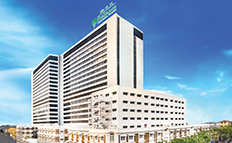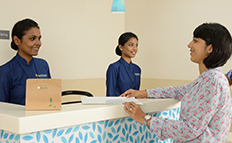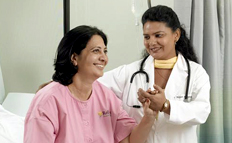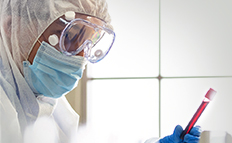Acute ankle sprain management
By Mr. Christopher Pedra | 1-Aug-2023
What is an ankle sprain?
Contents
What are the best ways to manage ankle-related injuries?
How can you protect the injured ankle?
What can you expect in terms of recovery?
The most common ankle injury outcome when someone ‘rolls’ or ‘twists’ their ankle is a ligament sprain, typically affecting the ligaments on the outer (lateral) side of the ankle. There may also be injuries associated with bone, cartilage, and tendon, but primarily, the ligaments are the most frequently involved structures in these injuries. A sprain refers to damage to ligaments, and is categorized into three grades (increasing in severity):
- Grade 1 - a partial tear with a small amount of damage.
- Grade 2 - a larger partial tear.
- Grade 3 - a complete tear of the ligament.
What are the best ways to manage ankle-related injuries?
The most common question we are asked is: “What should we do as soon as we have these injuries?”. While the answer is relatively simple, it’s not hard to see how people can get confused.
Historically, the acronym RICE was used (Rest, Ice, Compression, Elevation). This evolved into the PRICE (adding Protection before the RICE) concept. The Rest component then evolved into Optimal Loading to create the POLICE concept (forsaking complete Rest), and we now have the PEACE and LOVE concept for managing soft tissue injuries:
- Protection
- Elevation
- Avoid anti-inflammatories
- Compression
- Education
- &
- Load
- Optimism
- Vascularisation
- Exercise
What we can see from the latest acronym is that ICE has been left out. This is due to our understanding that the soft tissue healing process benefits from the initial inflammation response (during inflammation the body releases growth factors). So, by removing this, we may be delaying healing, rather than helping it.
How can you protect the injured ankle?
Initially, it’s necessary to protect the ankle by:
- Removing it from harm (e.g., stopping certain activities),
- Elevating it
- Avoiding anti-inflammatory drugs (as these have also been shown to delay healing - simple painkillers like paracetamol are more appropriate).
- Applying gentle compression via a bandage/stocking.
From there, your physio or doctor will educate you regarding the injury and prognosis, and how best to manage it going forward (we know that well-informed patients recover faster). The amount of load allowed will depend on symptoms, loading the area does not necessarily need to be completely avoided. Understanding what lies ahead improves confidence and encourages the inclusion of pain-free activities that promote circulation to the healing tissue, thereby allowing for appropriate exercises to strengthen the area.
What can you expect in terms of recovery?
After the initial inflammatory phase subsides (usually within 5-10 days), you can expect a noticeable improvement in symptoms. With reduced symptoms, you should be able to perform more activity, mostly pain-free (though you might experience minor discomfort), through increased ranges of movement. Once you have a pain-free range, not necessarily a full range, you can strengthen in this range. Your physio will advise and monitor this progress and prescribe appropriate exercises.
Depending on the grade of the injury, you can expect to feel better anywhere from 10 days to 8 weeks. The major problem with FEELING better is that we think we ARE fully recovered, and then risk returning to a sport too soon. Before returning to the sport, you should undergo a comprehensive progressive rehabilitation program. This approach will ensure you not only return in a better physical state than before the injury but also minimize your likelihood of experiencing similar injuries in the future.



















